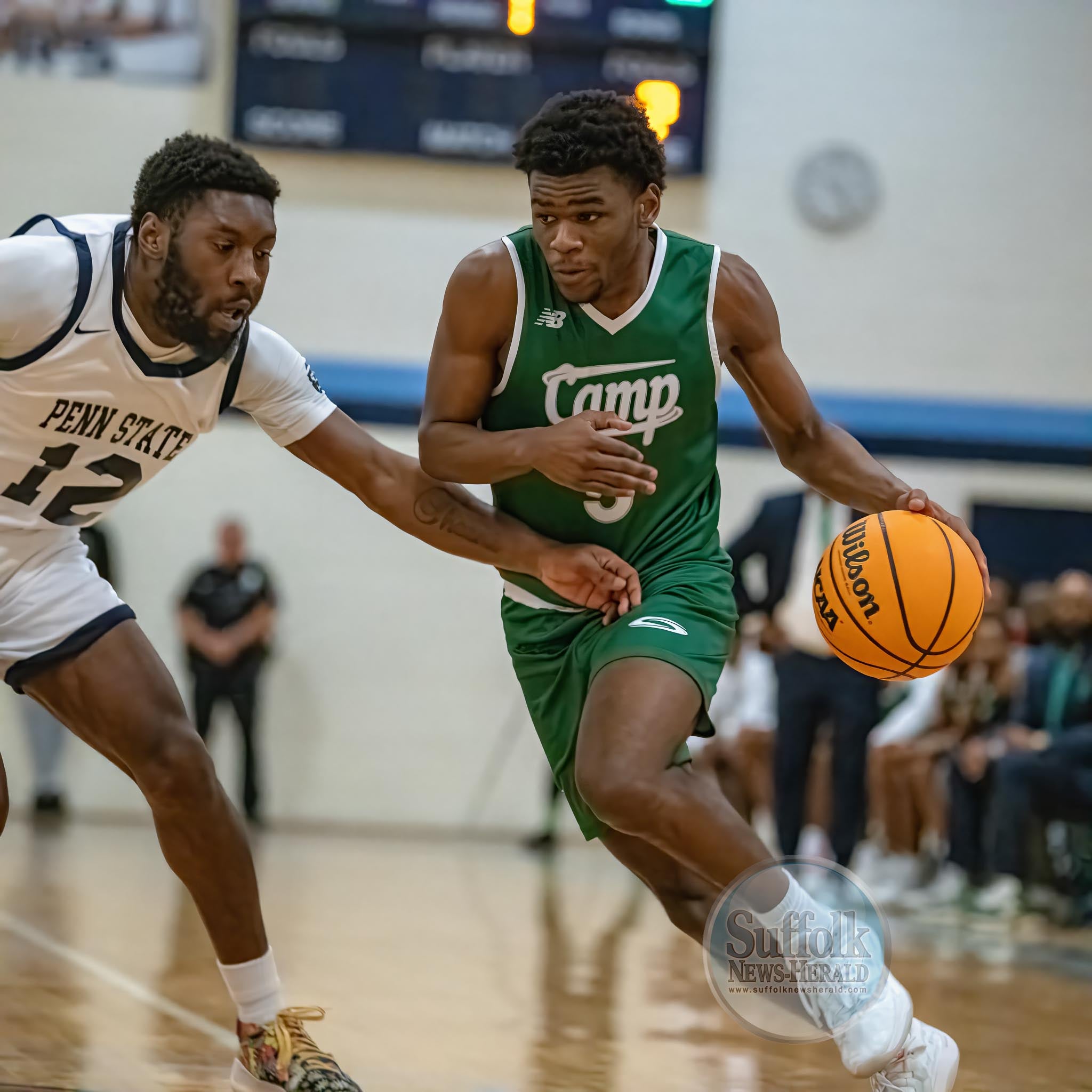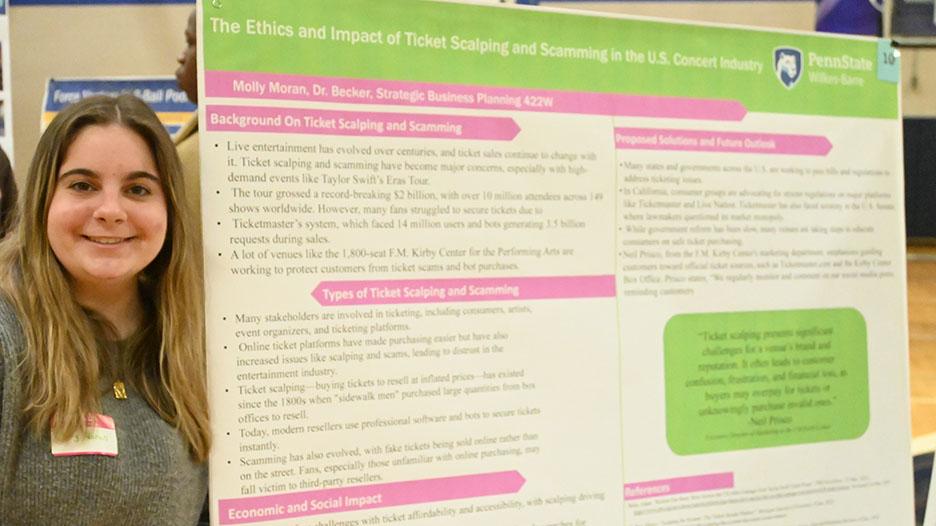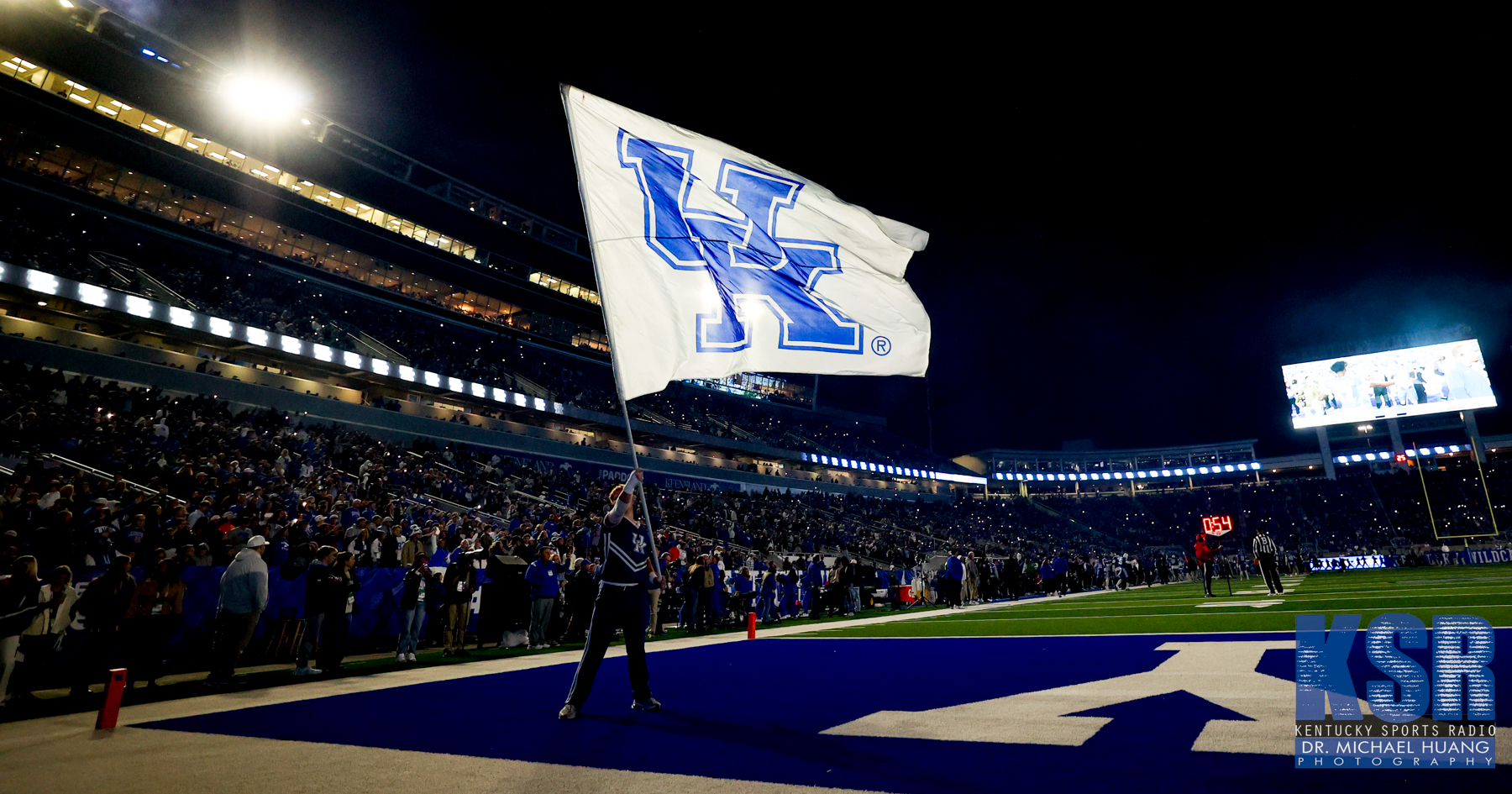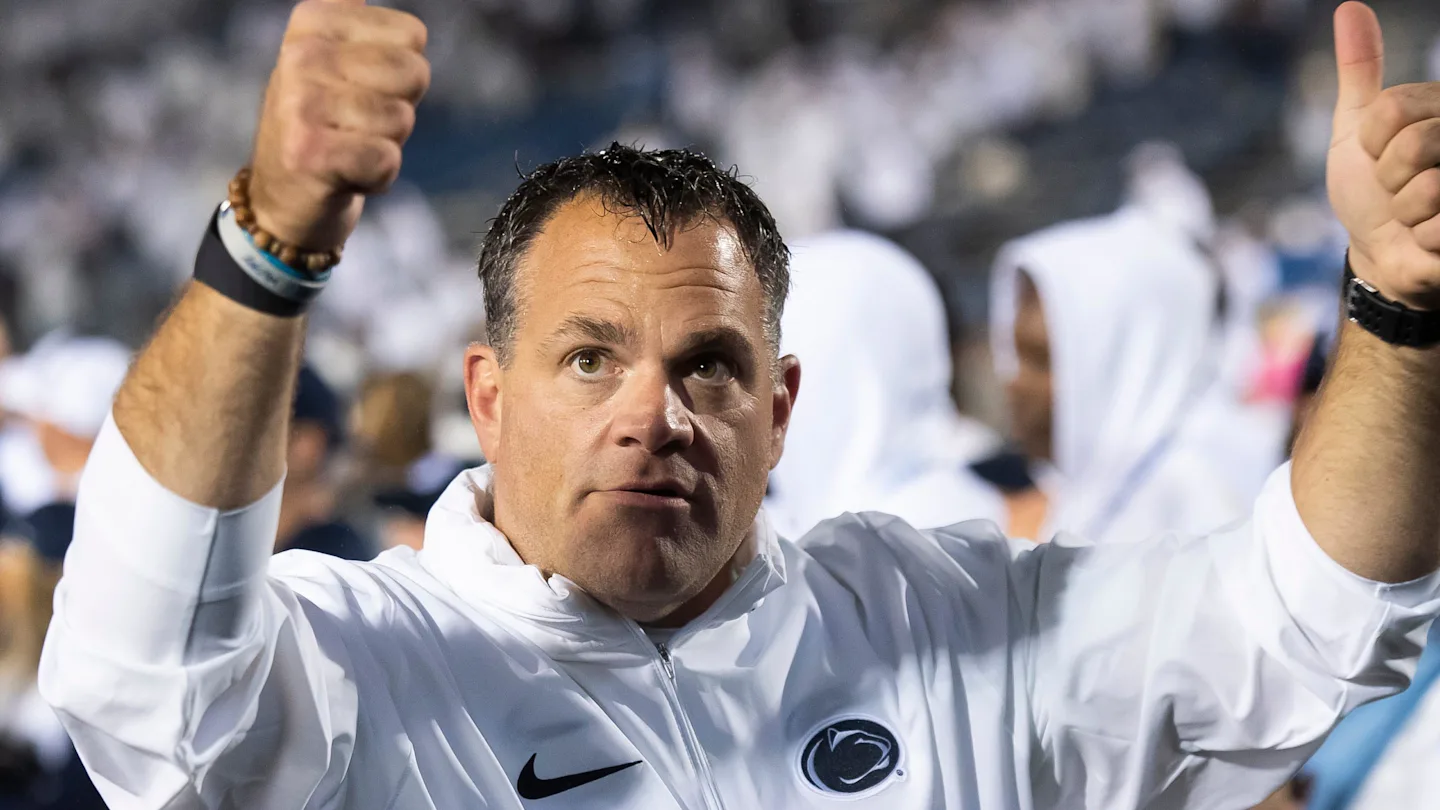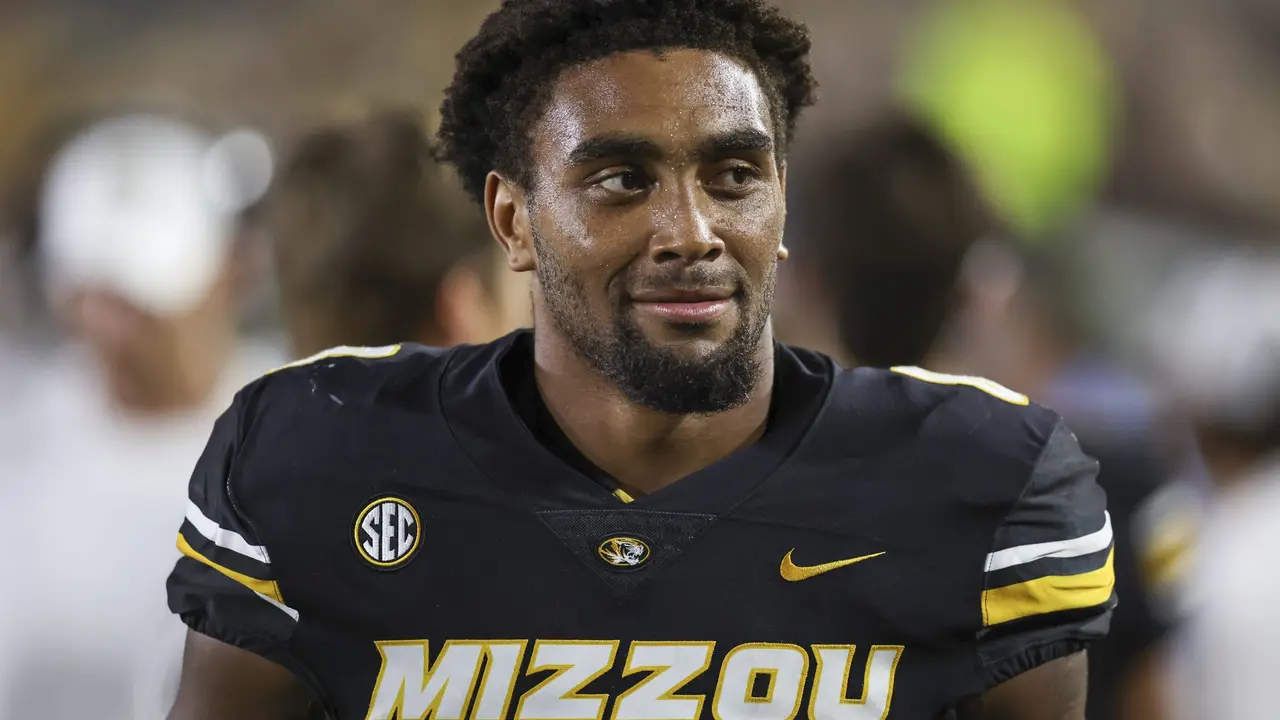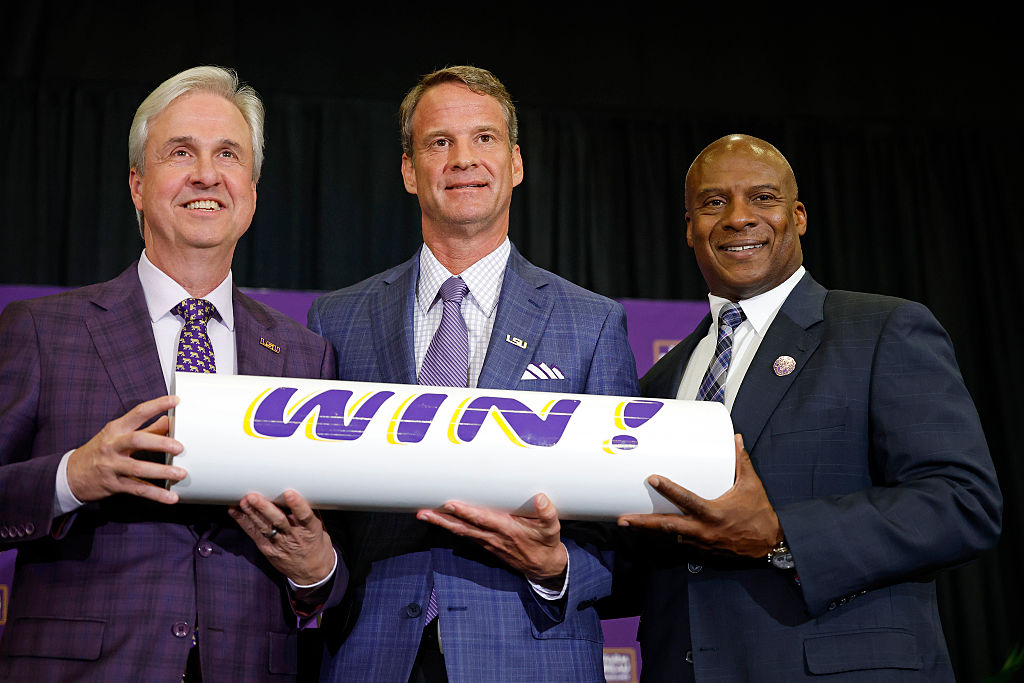DALLAS, Pa. — Penn State Wilkes-Barre held the Celebration of Scholarship, an annual research fair at the campus, on April 8. The event allows faculty and students to present their current research, scholarship and artistic endeavors. This year’s event featured 33 posters created by 56 student participants, with 22 faculty, staff and community judges evaluating the submissions.
Students and faculty in disciplines ranging from biology and surveying engineering to business and communication can share their research with the campus community and the public by preparing a poster for display during the annual research fair. Participants also attend the event to discuss their research and give an oral presentation to a panel of judges. Presentations are judged by randomly assigned faculty and staff judges, who score the posters and the oral presentations.
“Student participation in academic research fosters critical thinking, creativity and problem-solving skills, offering hands-on experience beyond the classroom. It also helps students build meaningful connections with faculty, explore career paths and contribute to the advancement of knowledge in their field,” said Valerie Lynn, head librarian. “Courtney Snow, library services associate, masterfully coordinated Penn State Wilkes-Barre’s successful Celebration of Scholarship this year. We would like to thank all of the student participants, faculty research sponsors and judges for their dedication to research.”
Celebration of Scholarship winners were honored at an awards ceremony held in the Penn State Wilkes-Barre Nesbitt Library on April 10 and received monetary prizes. This year’s winners were:
University Libraries’ Undergraduate Research Award – Excellence in Information Literacy
- First place: Molly Moran, “The Ethics and Impact of Ticket Scalping and Scamming in the U.S. Concert Industry”
- First runners-up: Dimitri Morales and Jaidyn Kotch, “Resolve and Rise Program: Decreasing Prison and Jail Overcrowding by Increasing the Happiness of Drug & Alcohol Offenders”
- Second runner-up: Maria Luna, “Developer Accountability for Security Vulnerabilities: The Legal and Ethical Responsibilities of Software Companies”
Campus Research Award
- First place: Saif Rehman, Mike Salvaggio and Robert Clarke, “The Effect of Mycorrhizae on Microgreens Grown in Hydroponics”
- Runners-up: Saif Rehman, Robert Clarke, Shariah Yearwood and Eric Ramirez, “Hydraulics in Motion: The Physics Behind Sustainable Bridge Engineering” and Jacquline Pittius, “The Terra Cottage Cafe and Gift Shop”
Campus Sustainability Award
- First place: Charleigh Miner, “Examining Name, Image, Likeness Rules”
- Runners-up: Kassidy Martin, Gabrielle Avila, Mrigakshi Verma, Alissa O’Brien and Ana Ventura, “How To Build a Sustainable City”
Student posters can be viewed on the Celebration of Scholarship website.
Each year, every Penn State campus holds its own undergraduate research fair. Following their research fairs, campuses are able to select posters to participate in the Eastern Regional Undergraduate Research Symposium, held this year at Penn State Brandywine on April 26. Six posters from the following disciplines were selected to represent Penn State Wilkes-Barre:
Biological Sciences & Health
- Emma Sokaloski, “The Presence of Beech Leaf Disease in Two Pennsylvania State Parks”
- Saif Rehman, Mike Salvaggi and Robert Clarke, “The Effect of Mycorrhizae on Microgreens Grown in Hydroponics”
Physical Sciences, Information Sciences, & Engineering
- Nathan Crotts, Mrigakshi Verma and JunJie Cao, “Developing a Deep Learning Model for Roadway Asset Management”
- Logan Moorhead, Iman Fashina and Carter Davis, “Force Vectors in Pool”
Social Sciences & Business
- Ethan Grzymski, “How to Fix Boeing”
- Garrett Vought, “The Impact of Social Media on Fan Engagement in Sports”

